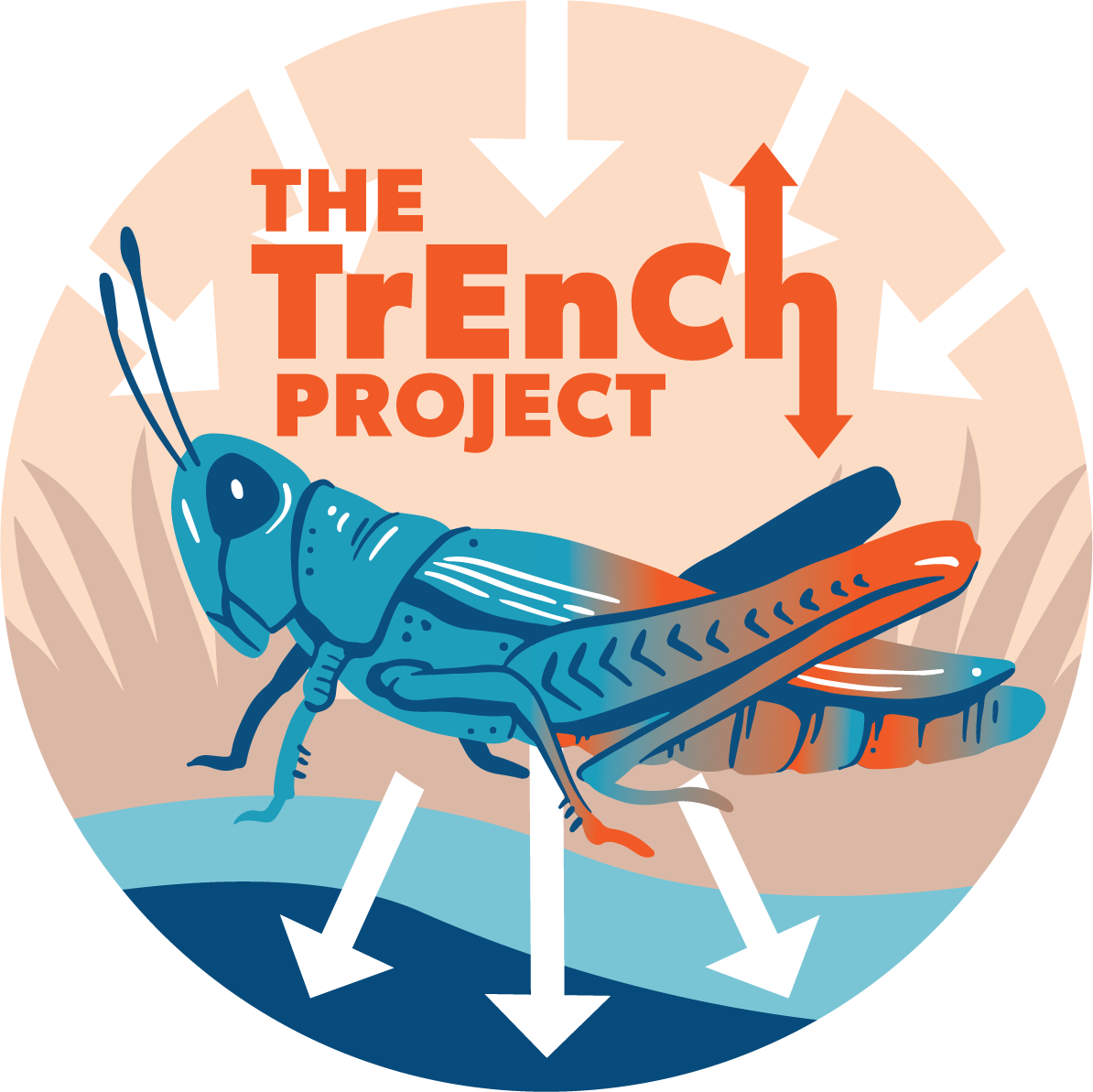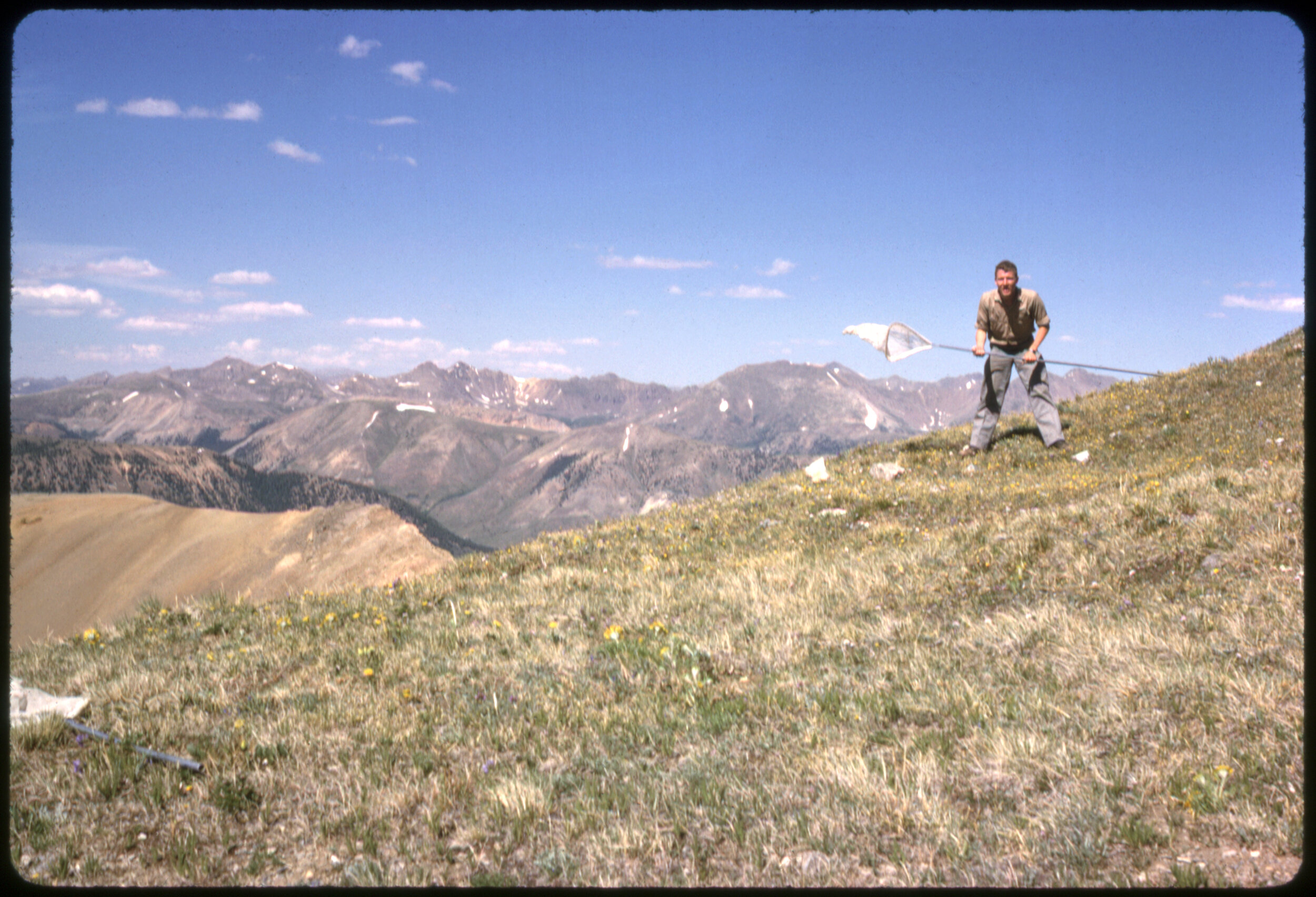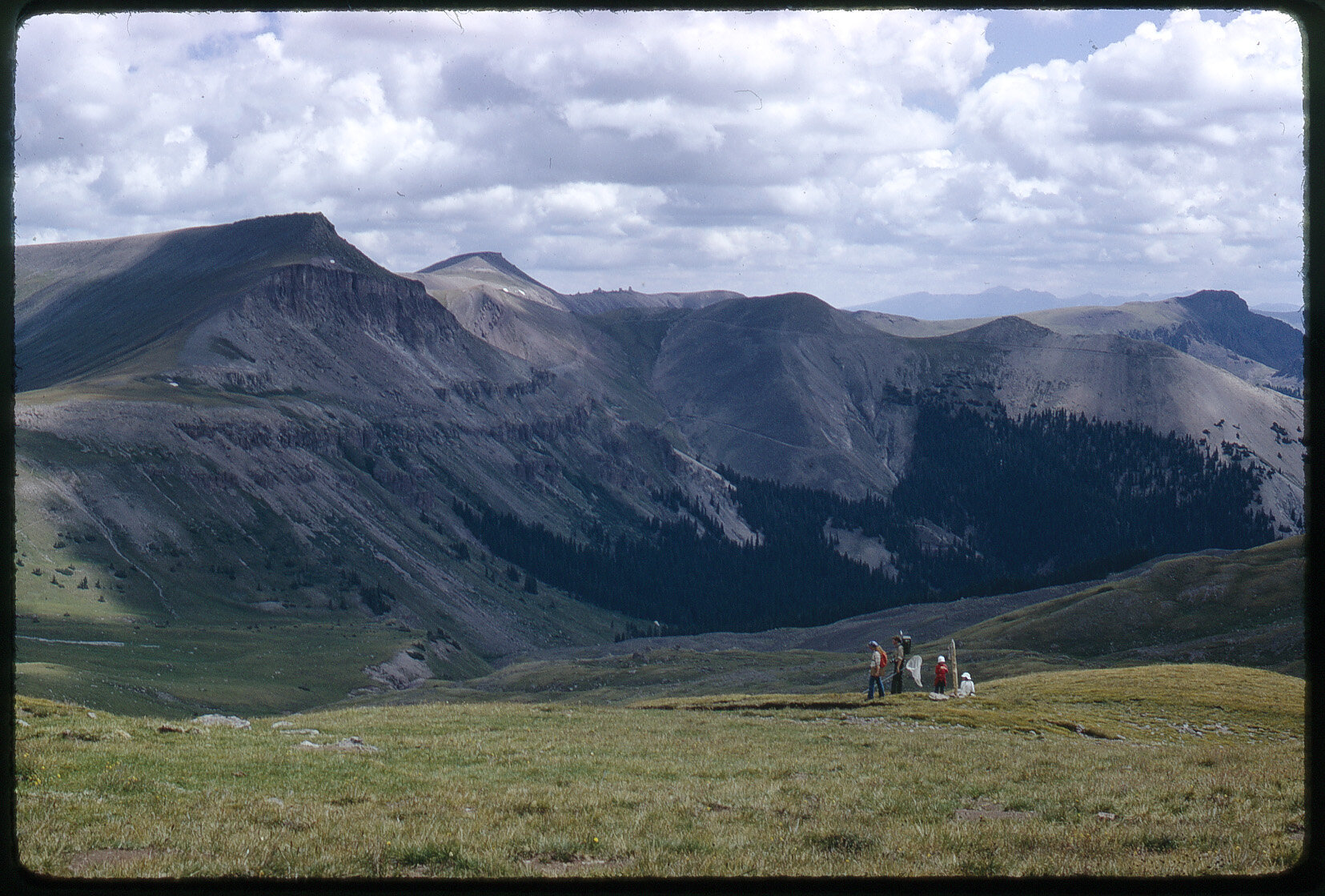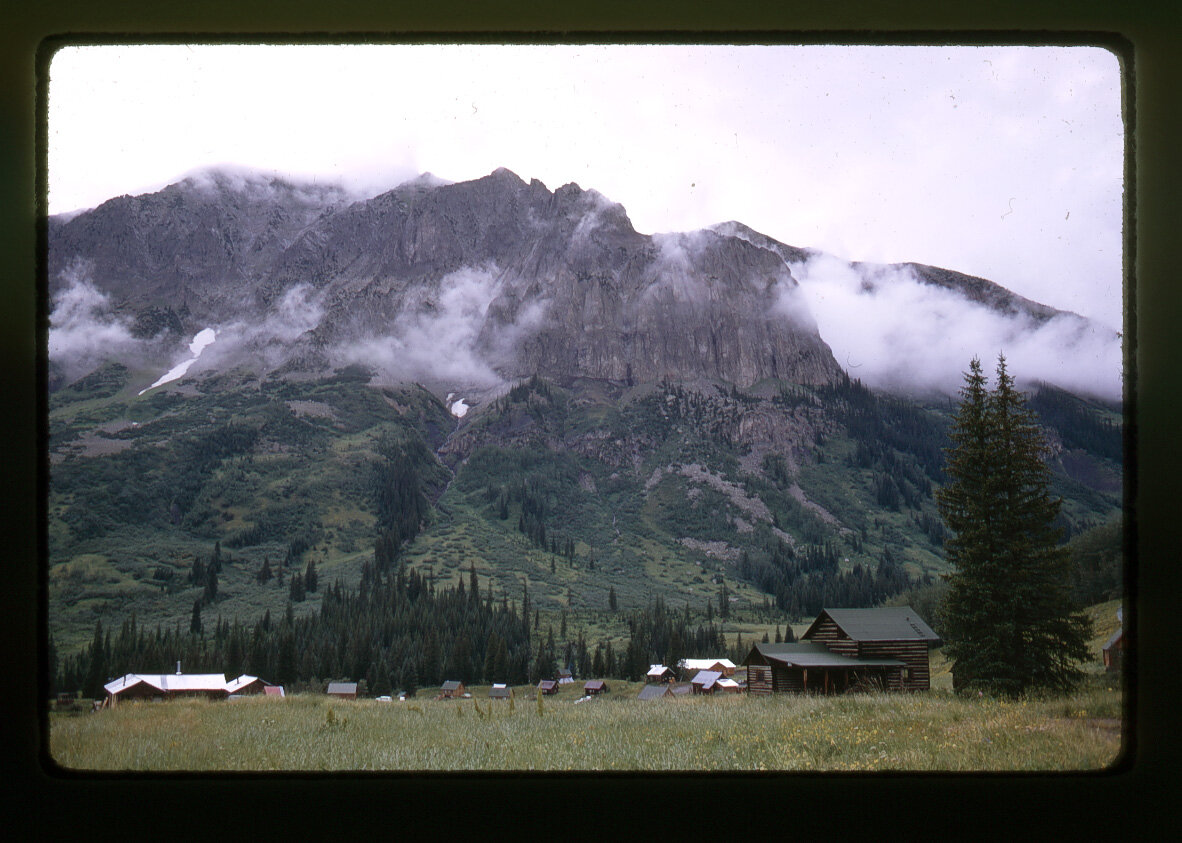about the project
A historic re-survey in the mountains of Colorado
In the late 1950s, Charles Remington, a Yale biology professor, journeyed to Colorado to explore the ecology of high-elevation insects. As curator of Entomology at the Peabody Museum, Remington was immediately taken by Colias butterflies, a small, yellow, mountain specialist with unique strategies to combat the cold - primarily, dark pigmentation on the undersides of their wings that helps them absorb solar radiation when they need to warm up.
Remington conducted pioneering studies of the butterfly’s ecology, evolutionary history, and genetics based at the Rocky Mountain Biological Lab (RMBL) in Gothic, Colorado while amassing a massive specimen collection. Remington inspired extensive subsequent Colias research. We trace our resurvey project through Remington’s student Ward Watt, whose mechanistic research focused on metabolic enzymes and pigmentation, and Watt’s student Joel Kingsolver, who focused on responses to complex and variable natural environments. The experiments and specimens have become an important legacy, offering insight into physiological and genetic changes in the butterflies following decades of climate warming.
In collaboration with the Kingsolver Lab at UNC, we repeated historic field and laboratory experiments, and examined Remington’s and other museum specimens, to understand the ecological and evolutionary responses of Colias butterflies to climate change. These types of “before-after” or “resurvey” studies take advantage of historical data to monitor actual biological shifts in response to observed climate change.
We began with the simple expectation that butterflies would evolve lighter wings, to reduce the chance of overheating. But few things in science as as simple as they initially seem.












